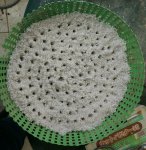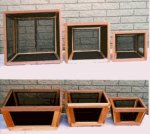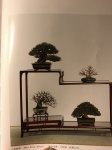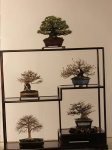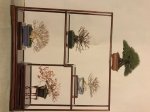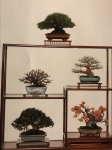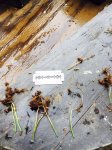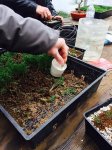Hello all,
I had a fascinating experience with a few oak acorns I planted this season that gave me an idea.
I planted the acorns in a colander and at that time had a small amount of soil. so they were planted very shallow (about half an inch deep overall). I figured I'll transplant them once they sprout. They sprouted and when I took them out, instead of having a long single tap root, they had lots and lots of ramified short roots. I didn't take any pictures of that unfortunately... I will shoot them next year or next repot.
I thought I'd try the same thing with JBP. Maybe the cutting procedure can be avoided and a natural look can be achieved... I planted about a 100 seeds in a shallow colander relic (100% perlit) . Attaching some photos and I'll update as things progress.
Any thoughts?
Cheers,
Shay
I had a fascinating experience with a few oak acorns I planted this season that gave me an idea.
I planted the acorns in a colander and at that time had a small amount of soil. so they were planted very shallow (about half an inch deep overall). I figured I'll transplant them once they sprout. They sprouted and when I took them out, instead of having a long single tap root, they had lots and lots of ramified short roots. I didn't take any pictures of that unfortunately... I will shoot them next year or next repot.
I thought I'd try the same thing with JBP. Maybe the cutting procedure can be avoided and a natural look can be achieved... I planted about a 100 seeds in a shallow colander relic (100% perlit) . Attaching some photos and I'll update as things progress.
Any thoughts?
Cheers,
Shay

